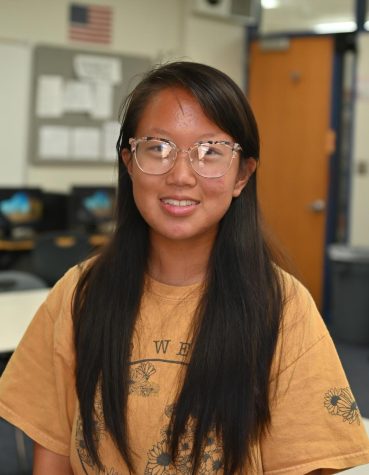Animal Alternatives
Considering and evaluating mascots that may define PCH
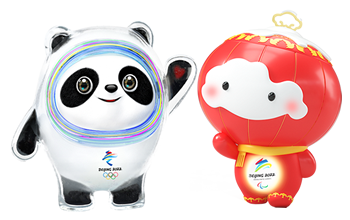
Beijing Winter Olympics mascots: Bing Dwen Dwen, designed by Cao Xue, and Shuey Rhon Rhon designed by Jiang Yufan. Image courtesy of Wikimedia Commons.
February 22, 2022
Disclaimer
I do not despise the current mascot. In fact, I think the image is perfectly fine. I merely believe that it is silly to rally ourselves around the image of an infantile horse. Beyond that, horses unsettle me because not only are they far too large for my personal comfort, they are also omnivores. I invite the reader to consider the implications of my previous statement.
History
The word “mascot” has French origins in the word “mascotte,” meaning “lucky charm.” Generally an object in a household that brought luck, the French coined this word in 1867.
Mascots began and have continued to be a symbol that people rally themselves around. During the American Civil War, soldiers boosted their morale by identifying with the animals that followed them to battle. It raised people’s spirits to belong to a common group. After the Civil War, some collegiate sports teams used these names as their official mascots. Typically, it is most often sports that use mascots. Mascots began as fictional icons or people in suits, eventually evolving into predatory animals. As American puppetry advanced in the mid-20th century due to the work of artists such as Jim Henson who invented the Muppets, mascots became more three dimensional.
Capitalists took this as an opportunity to expand mascots beyond the sporting industry and into everywhere else, resulting in images such as the Pillsbury Doughboy (actually named Poppin’ Fresh, est. 1965) and Martin (the Geico gecko, est. 1999).
Mascots are generally more popular in America than in other countries. American schools and sports teams, from elementary to college, identify heavily with their mascots, while this is not so much the case across the world. Schools in Europe, such as in Germany and France, do not have school mascots. Although national sports teams exist such as the Australian rugby team the Wallabies, and the UK has the Nottingham Outlaws in cricket, mascots are still limited to professional sports.
In the past few decades, many schools have changed their mascots due to offensive imagery of indigenous people. Although some indigenous groups have supported keeping names such as the Utah Utes and Central Michigan Chippewas, fans still partake in redface and dressing up in a manner deemed as cultural appropriation. Human imagery in mascots are generally seen as offensive because of terminology and objectification.
Changes in mascots tend to arise through activists, such as Native American students at Dartmouth College in 1969. They succeeded in removing the “Indians” nickname and replacing it with “the Big Green,” although the name never stuck. In 2003, the humor magazine “Dartmouth Jack-o-Lantern” penned the unofficial mascot, Keggy the Keg.
Conversely, the sports teams at University of Hawaii at Manoa were all named the Rainbow Warriors until the year 2000. Homophobic students campaigned against the “Rainbow” in their title, pressuring the school to allow each team to select its own mascot, resulting in the “Warriors” football team, “Rainbow Warriors” basketball team, and “Rainbows” baseball team.
Research
To expand our knowledge, the summer and winter Olympics are a fantastic source of inspiration from around the world.
The current 2022 Beijing Winter Olympics mascot is a panda in a spacesuit named Bing Dwen Dwen, designed by Cao Xue, while the Paraolympics mascot is a humanoid paper lantern named Shuey Rhon Rhon, designed by Jiang Yufan.
“Bing” means ice, which is fitting for the winter sports, and “Dwen Dwen” is an adjective used to describe chubby babies. The panda is immensely popular as China’s national animal, as seen with the five panda mascots in the 2008 Beijing Summer Olympics. However, I think the panda is overused and overhyped, as people are standing in lines at least 10 hours long to buy Bing Dwen Dwen merch.
Shuey Rhon Rhon is a paper lantern reminiscent of the traditional paper cutting techniques used to decorate homes during holidays, especially Chinese New Year, which took place this year from Feb. 1-15. This holiday ushered in the Year of the Tiger, along with a new 60-year animal cycle of the elements. I personally think the paper lantern is adorable and more worthy of long lines to get a stuffed animal of.
The Colt
Looking at our own mascot, the colt, there are many benefits and disadvantages with the Colt as our image.
| Pros | Cons |
|
|
Criteria
Now that we are now mascot experts, here are some criteria for a good mascot.
Firstly, a mascot can reference historical events and culture of the area, such as a farmer for an agricultural area, or a dinosaur for an area that discovered bones.
Secondly, nature in the form of animals or weather can influence mascots such as a grizzly bear in the northwestern parts of America, or a tornado in the midwest.
Thirdly, a mascot should embody common goals, ideals, and values of the group it represents. Depending on whether the school is more academic or athletic, peaceful or competitive, public or private, a school can decide on a mascot that depends on those values. For example, Syracuse University’s mascot is Otto the Orange, a peaceful and nonathletic fruit.
What we are Looking For
Now that we are experts at mascot choosing, we shall now determine the criteria for choosing a new (hypothetical) mascot.
Firstly, Central is diverse, so it should be a welcoming character that can embrace and represent a lot of people.
Secondly, for practicality’s sake, the colors cannot be blue (West), purple (North), or blue and red (South).
Thirdly, the mascot has to look and sound good. “Good” is vague and highly subjective, so this is up to the author (me) to decide.
Ranking
Without further ado, here are our competitors. As a forewarning, I really enjoy alliteration.
1. Creature.
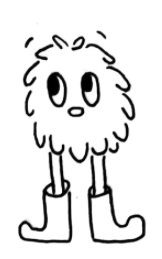
Pros: there is plenty of room for interpretation
Cons: none
Rating: 8/10
2. Crab.
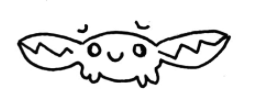
Pros: aggressive, sneaky and they say snip snip
Cons: we don’t live by the coast
Rating: 7/10
3. Cow.
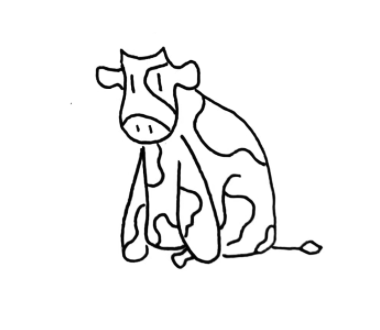
Pros: we live in the midwest and they say moo
Cons: calling someone a cow is an insult
Rating: 9/10
4. Camel.
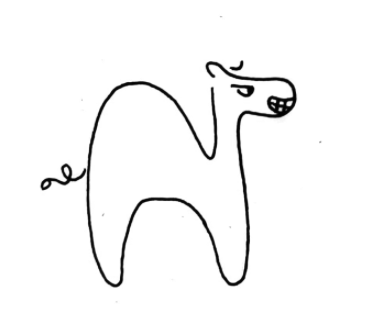
Pros: they don’t need water
Cons: they have ugly teeth
Rating: 5/10
5. Chicken.
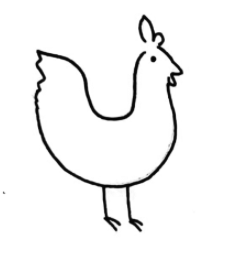
Pros: imagine us doing intimidation tactics by screaming “COCKA-DOODLE-DOO” at Parkway West
Cons: chicken nuggets make us cannibals
Rating: 10/10
6. Cockroach.
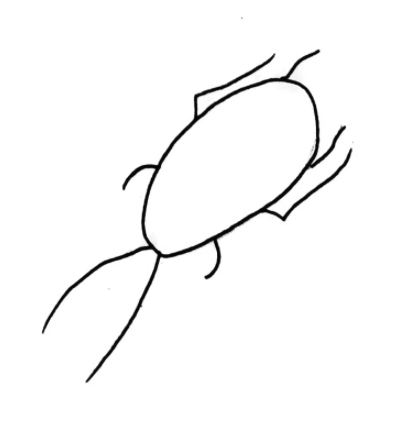
Pros: someone told me once that cockroaches would survive the apocalypse
Cons: they are absolutely disgusting
Rating: 1/10


